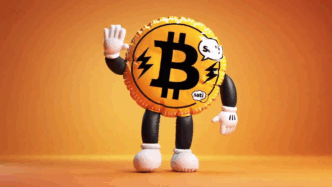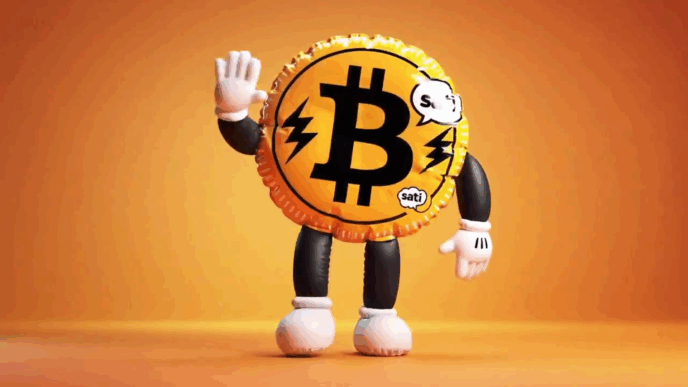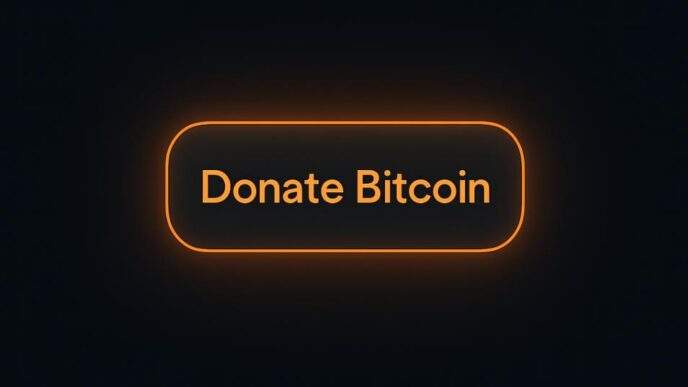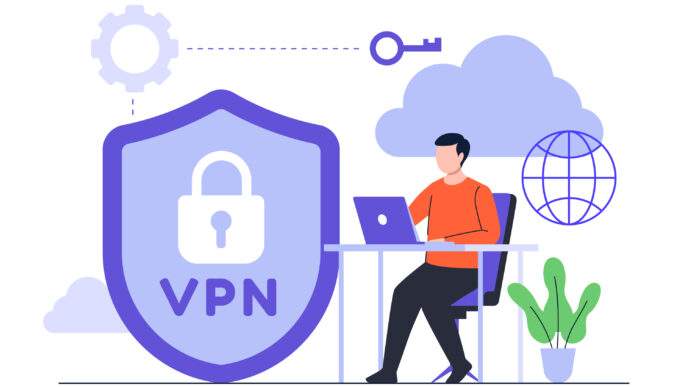When did the Lightning Network start on bitcoin? How did it grow into the payment powerhouse it is today?
Bitcoin’s blockchain revolutionized finance, but its early limitations—slow transactions and high fees during peak demand—threatened its viability for everyday use. Enter the Lightning Network (LN), a layer-2 protocol that turbocharges bitcoin’s scalability.
When did the Lightning Network Start on Bitcoin?
2015: The Conceptual Breakthrough
The Lightning Network was first proposed in a February 2015 white paper titled “The Bitcoin Lightning Network: Scalable Off-Chain Instant Payments” by Joseph Poon and Thaddeus Dryja.
Their vision? Enable millions of transactions per second by moving payments “off-chain” through bidirectional payment channels, settling only final balances on Bitcoin’s mainnet.
This idea addressed bitcoin’s critical shortcomings:
- Speed: On-chain transactions took ~10 minutes (or hours during congestion).
- Cost: Fees spiked to $50+ per transaction during the 2017 bull run.
- Scalability: Bitcoin’s 7 transactions per second (TPS) paled compared to Visa’s 24,000 TPS.
Poon and Dryja’s paper laid the groundwork, but implementation required years of collaboration.
2015–2018: From Theory to Testnets
In 2016, developers began building Lightning Network implementations:
- Lightning Labs (USA): Launched the Lightning Network Daemon (lnd).
- Blockstream (Canada): Developed c-lightning.
- ACINQ (France): Created Éclair.
By early 2018, these teams released compatible testnet versions, allowing users to experiment with instant, low-fee bitcoin transactions. Early adopters began testing LN for micropayments.
March 15, 2018: Lightning Goes Live on the Bitcoin Mainnet
The Lightning Network officially launched on Bitcoin’s mainnet in March 2018, though cautiously. Developers had released a “beta” version and warned users to risk only small amounts due to potential bugs.
Key stats from 2018:
- Nodes: ~1,000
- Payment Channels: ~2,000
- Network Capacity: ~2 BTC ($20,000 at the time)
Despite its infancy, LN processed transactions in under 3 seconds for fees as low as 1 satoshi.
Lightning Network Milestones
Early Adoption and Growing Pains
- Bitrefill became the first major merchant to accept LN payments.
- Former X (formerly Twitter) CEO Jack Dorsey endorsed LN, funding development via Square Crypto.
- Challenges: Routing failures and liquidity gaps plagued user experience.
By December 2019, network capacity grew to 871 BTC.
Mainstream Recognition
- El Salvador’s bitcoin Law (2021): The government integrated LN into its Chivo wallet to support bitcoin as legal tender.
- Strike partnered with X (formerly Twitter) to enable LN-powered bitcoin tips.
- Wumbo Channels: Introduced in 2020, allowing larger transactions (from 0.04 BTC to 10+ BTC per channel).
Enterprise Adoption and Innovation
- Kraken, Bitfinex, and Coinbase added LN deposits/withdrawals.
- Taproot Upgrade (2021): Enhanced LN privacy and efficiency.
As of April 2025:
- Nodes: 11,560 (1ML)
- Channels: 42,781
- Capacity: 4,366.8 BTC
- Current Fee: 1 sats/vb
Challenges and Criticisms
Despite its success, the Lightning Network faces hurdles:
- Liquidity Management: Channels require balanced inbound/outbound funds.
- Routing Complexity: Large networks can struggle to find payment paths.
- User Experience: Non-custodial wallets like Flash and Breez simplify LN, but custodial apps (e.g., Wallet of Satoshi) remain popular for convenience.
The Future of the Lightning Network
Upcoming upgrades aim to address limitations:
- Async Payments: Allow transactions without both parties being online.
- Splicing: Dynamically adjust channel balances without closing them.
- Fedimint: Community custody models for enhanced privacy.
With bitcoin ETFs driving institutional interest, LN is poised to become the backbone of global micropayments.
The Lightning Network started as a bold idea in 2015, and has since evolved into a global ecosystem. From powering El Salvador’s economy to enabling frictionless tips on social media, LN proves that bitcoin can scale without sacrificing decentralization.















